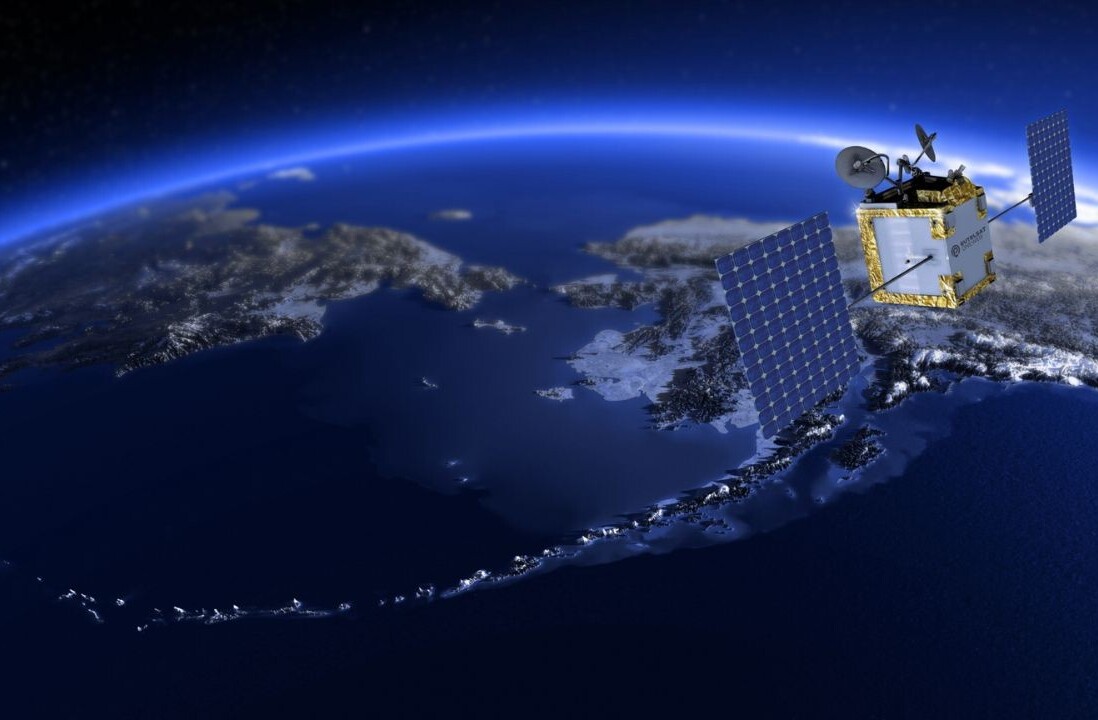
It sure looks like a lot of fun when we see videos of astronauts floating around in zero-gravity environments. But did you ever stop to think what prolonged weightlessness does to the human body?
We’ll spare you the details, but suffice to say it isn’t pretty. And that means any crewed missions to the Moon, Mars, or anywhere else beyond the Earth’s gravitational field have an undeniable time limit on them.
Until we solve the whole gravity problem, permanent off-world colonies are pretty much a non-starter.
And, despite what a century of science fiction may have led you to believe, artificial gravity only exists in rudimentary experimental forms.
Anyone who’s ever been on a spinning amusement park ride understands how the force of inertia can imitate the pull of gravity, but scaling this concept to something large enough to support a decent-sized human colony would require a Herculean feat of cutting-edge engineering and an even bigger financial investment.
Enter two of Japan’s most prestigious organizations.
Per an article from Universe Today’s Matt Williams:
The study is a collaborative effort between Kyoto University and the Kajima Corporation (one of Japan’s oldest and largest construction companies). The announcement was made during a press conference covered by Kansai TV NEWS and shared via their YouTube channel.
The above video shows an amazing habitat where humans would essentially be able to work and live in an Earth-like environment.
Artificial gravity would be achieved by building a huge cone-shaped building capable of rotating with enough power and speed to achieve the force required to simulate Earth’s gravity. This would allow humans to walk, run, jump, and — perhaps most importantly — reproduce and give birth on the Moon, or perhaps even the surface of Mars.
But, as Williams’ report points out, this isn’t a mission announcement. It’s more like a press release for a fun research partnership between Kyoto University and the Kajima Corporation.
Takuya Ohno, a lead architect with the Kajima Corporation, made as much clear during the video:
Of course, it’s not technical at all, but it’s very important to come up with ideas at this stage.
If possible, I want to go to the Moon. More specifically, I want to go to Mars. I want to realize the concept on the Moon in some way in 2050.
Neural’s take: 2050 seems… overly optimistic. This idea is super cool and potentially technologically feasible. But, there’s no telling how much something like this would cost and its implementation would require several ancillary technologies that simply don’t exist yet.
These include logistical concerns such as whether to build the structure piecemeal here on Earth and then come up with a novel transport system to send it to the Moon, or to create new machinery and techniques to facilitate construction in space.
Either way, they’ll still have to come up with new techniques for assembling the structure on the Moon and providing it with enough energy and infrastructure to keep it spinning.
All that aside, this feels more like a partnership whose ultimate goal is to inspire the next generation of STEM students and architects than a road map.
MIT and NASA probably have a dozen projects like this lying around in various states of seriousness. And while it’s great to see popular Japanese institutions getting in on futurism, nothing we’re seeing in the video leads us to believe this project’s got longer legs than similar moonshot ideas.
However, there’s also nothing there to make us think it doesn’t.
Get the TNW newsletter
Get the most important tech news in your inbox each week.




